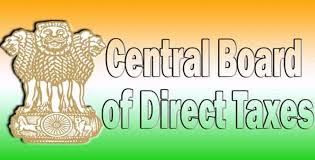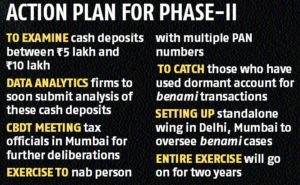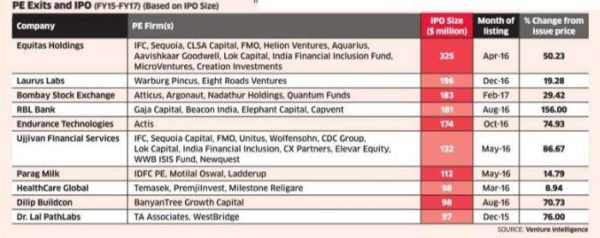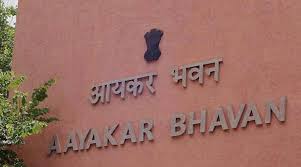
Having seen a “modest setback” due to demonetisation last fiscal, the Indian economy will claw back to 7.2% growth this financial year and rise further to 7.5% in 2018-19, says a World Bank report.
In its report on South Asian Economy, the World Bank said that “significant risks” to economic growth could emanate from fallout of demonetisation on small and informal economy, stress in the financial sector and uncertainty in global environment. Also, a rapid increase in oil and other commodity prices could have a negative implication for the economy, it added.
The country’s economic growth is expected to see an uptick at 7.2% this fiscal and further accelerate to 7.5% in 2018-19, the report said. The growth slowed down to 6.8% in 2016-17 due to a combination of weak investments and the impact of demonetisation, the World Bank said, adding that timely and smooth implementation of the GST could prove to be a significant “upside risk” to economic activity in 2017-18.
As per the report, the economic growth is projected to increase gradually to 7.7% by 2019-20, underpinned by a recovery in private investments, which are expected to be crowded in by the recent increase in public capex and an improvement in the investment climate.
“India’s economic momentum suffered a modest setback due to demonetisation, while the poor and vulnerable likely witnessed a larger negative shock. The economy is expected to recover and growth will gradually accelerate to 7.7 per cent by 2019-20,” it said.
The demonetisation, the World Bank said, caused an immediate cash crunch, and activity in cash reliant sectors was affected. The GDP growth slowed to 7% during the third quarter of 2016-17, from 7.3% during the first half of the fiscal. India’s fiscal, inflation and external conditions are expected to remain stable, the US-based multilateral lending agency said, adding that the centre will continue to consolidate modestly, while retaining the push towards infrastructure spending.
“Inflation will stabilise, supported by favourable weather and structural reforms. Normal monsoons have so far offset increases in petroleum prices,” it said. Referring to the external factor, it said exchange rate has appreciated, partly reflecting expectations of a narrowing inflation gap between India and the US and limited external vulnerabilities as the current account deficit is expected to remain below 2% of the GDP and fully financed by FDI inflows.
It said challenges to India’s favourable growth outlook could stem from continued uncertainties in the global environment, including rising global protectionism and a sharp slowdown in the Chinese economy, which could further delay a meaningful recovery of external demand. It said there is a great uncertainty about the extent to which demonetisation caused small, informal firms to exit and shed jobs. Also, private investment continues to face several impediments in the form of corporate debt overhang, stress in the financial sector, excess capacity and regulatory and policy challenges.







